Data from our 2020 Ecommerce Stats Report shows that mobile sales continue to grow, but shoppers still seem to prefer to convert on desktop.
In this post, we’ll look at the data, and how retailers can improve the mobile user experience.
Our data shows that retailers now attract the majority of visits from mobile devices – 65% overall. A small majority of sales (53%) come from mobile overall.
The picture for travel is different, with a small majority of traffic from mobile (53%) but just 29% of sales.
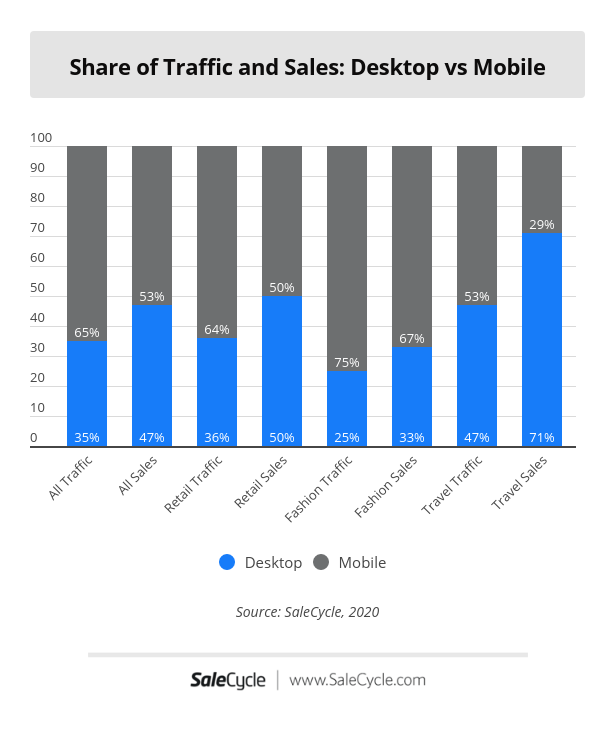

Comparing this to the last time we collated this data two years ago, we can see that mobile has grown.
Overall mobile traffic has grown from 51.3% to 65% and sales from 36.8% to 53%.
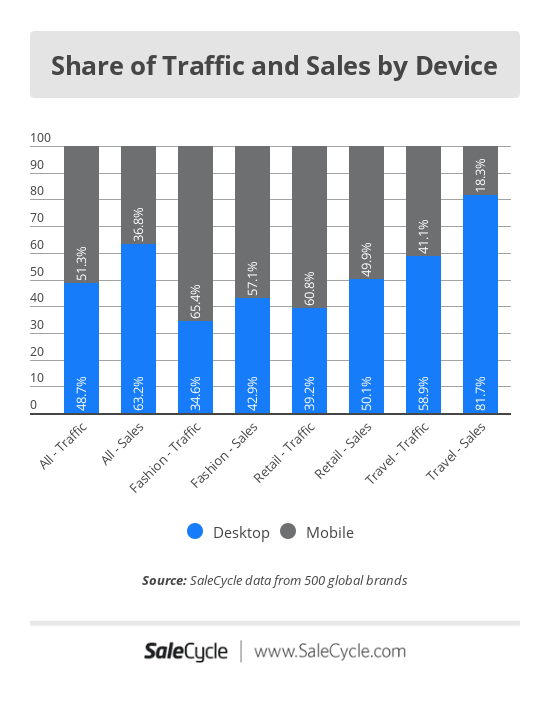

According to stats from Monetate, mobile traffic converts at less than half the rate of that on desktop, at 2.25% compared to 4.81% for desktop.
However, add to cart rates for mobile aren’t too far behind desktop. For example, the average add to cart rate for mobile is 10.4%, compared to 11.87% for desktop.
This suggests that many of the problems for mobile visitors are occurring during the checkout process (or booking process for travel sites).
Improving the Checkout Process for Mobile Shoppers
If lower mobile conversion rates are due to checkout, what can websites do to address this issue?
In short, it’s about ensuring that the process works as well as possible on mobile, and that the work of completing forms is minimal.
Improve Mobile Forms
Well designed mobile forms can make a big difference to conversion. They reduce friction, make requirements clear to users, and minimise basket abandonment.
Forms need to be easy to complete on mobile, with good visual design, clear labels and helpful error messaging as well as being as short as possible to reduce user effort.
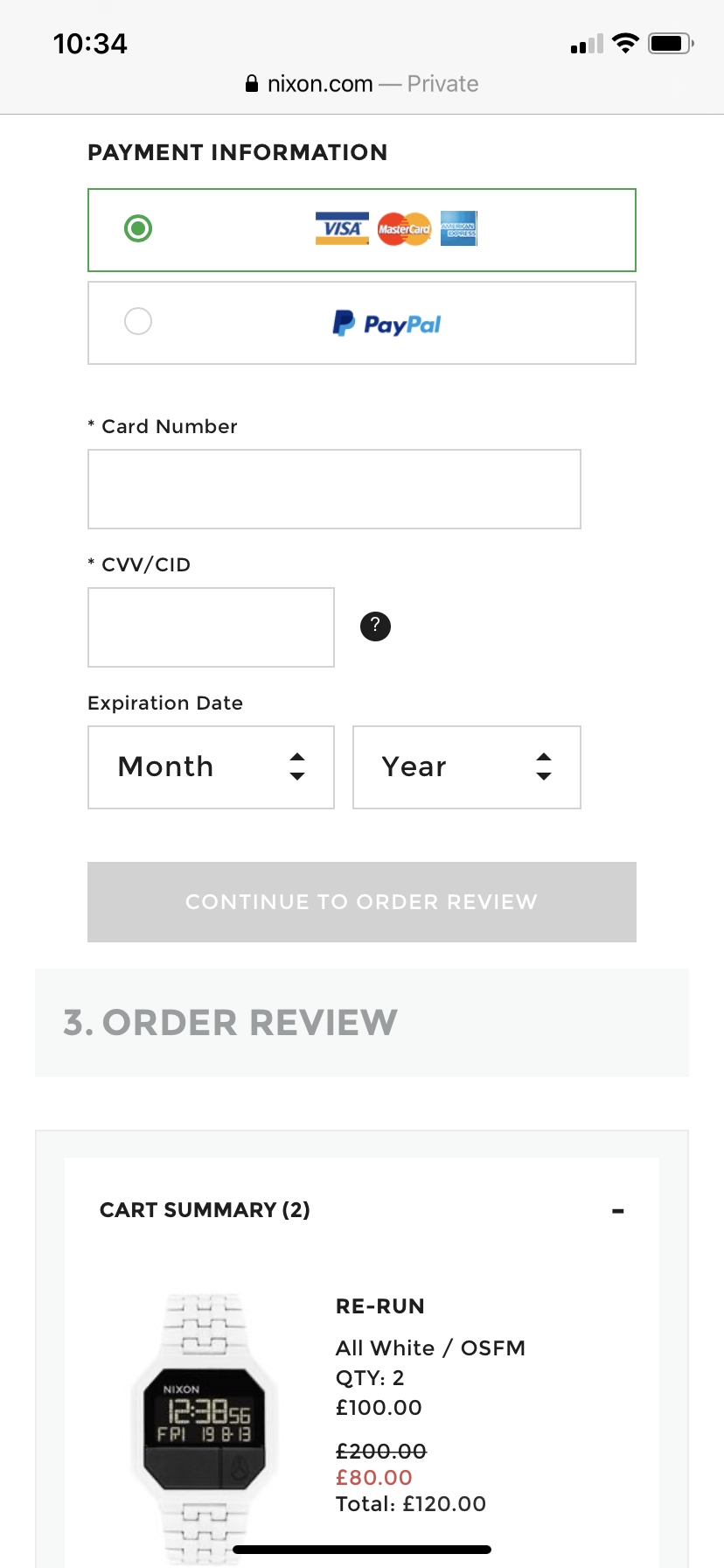

Add Shortcuts for Mobile Users
Any features that reduce effort help, and this is where retailers can use some smartphone features to their advantage.
For example, passport or credit card scanning options can save users the effort of entering data, and reduce effort during checkout.
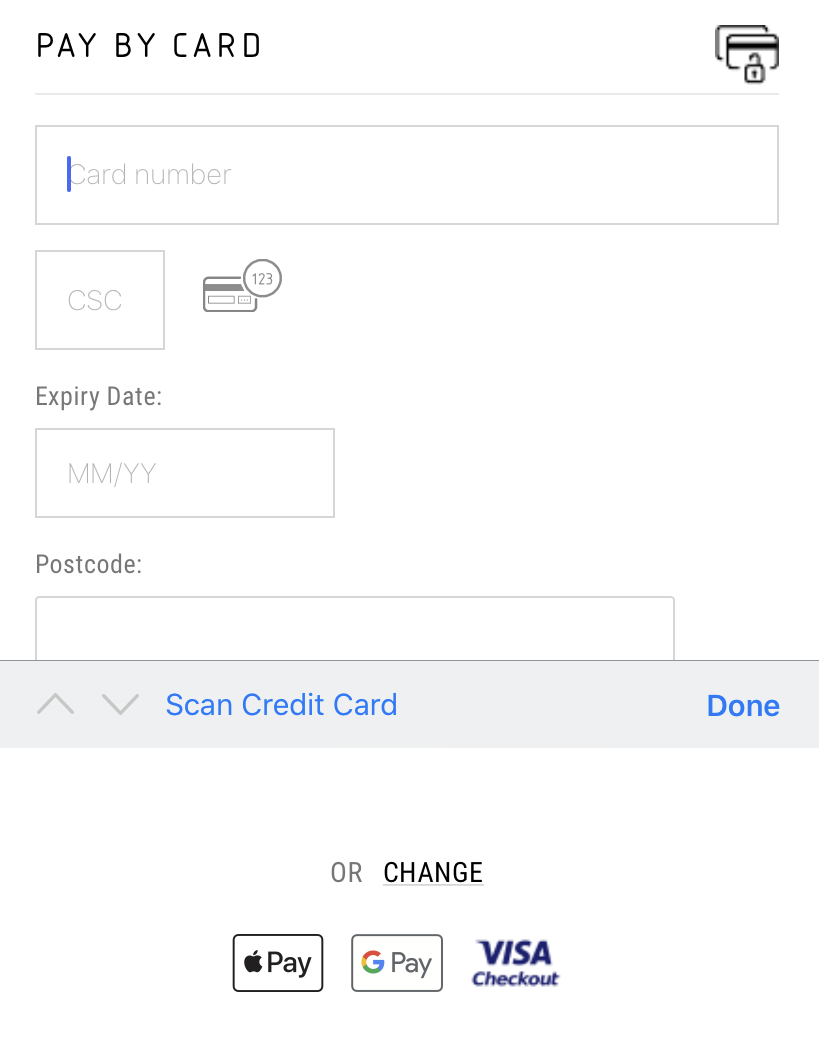

Little details, such as defaulting to the most appropriate touchscreen keyboard for each field (as Monsoon does for phone number entry) or using autofill to populate form fields all help to save time by making data entry easier.
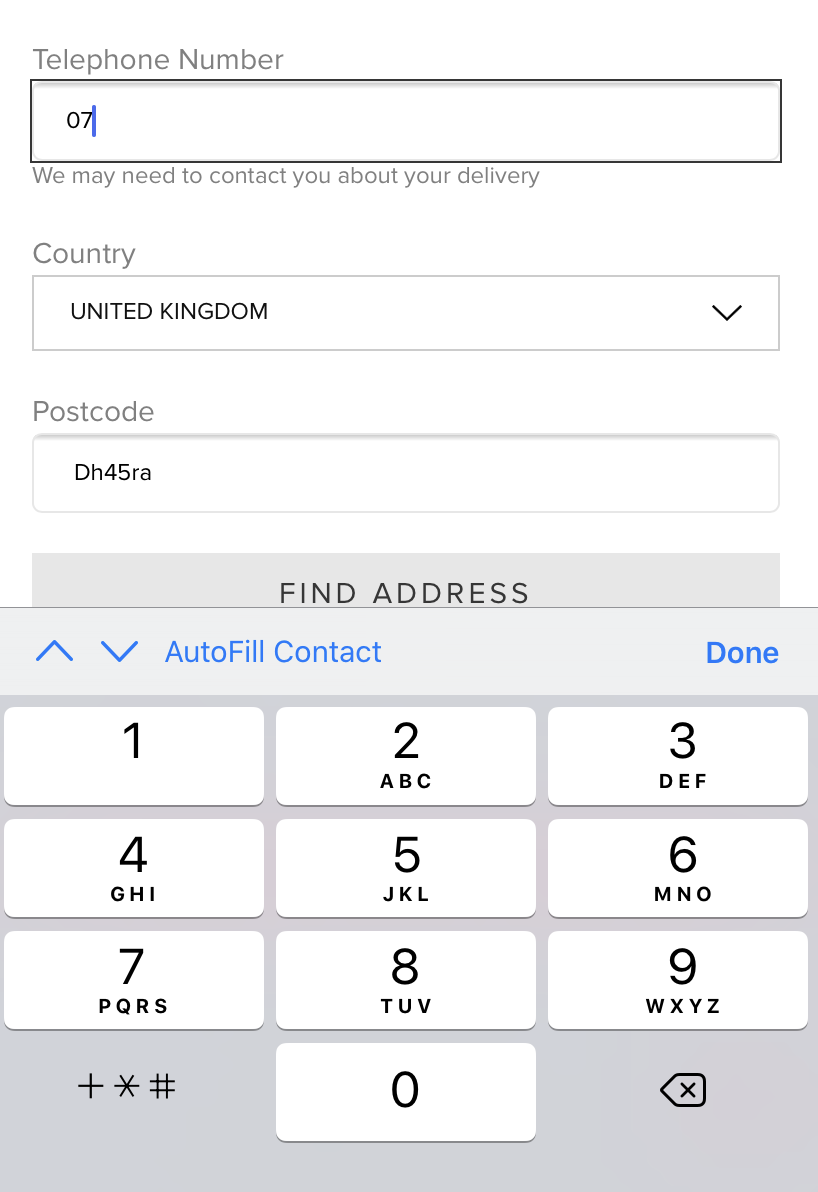

Simplify the Booking Process
Of the sectors shown in the data above, travel faces the biggest challenge on mobile, as it’s generally more complicated to book travel than many retail purchases.
Holidays, for example, may require the choice of hotels and flights, and users need to enter data such as passport numbers, traveller details and in-flight options in addition to the usual address and payment data.
For mobile, the key is to make this booking process as mobile-friendly as possible, with forms designed for mobile.
For example, single column design and larger form fields, as on this Best Western checkout form, allow users to enter data and minimise user errors.
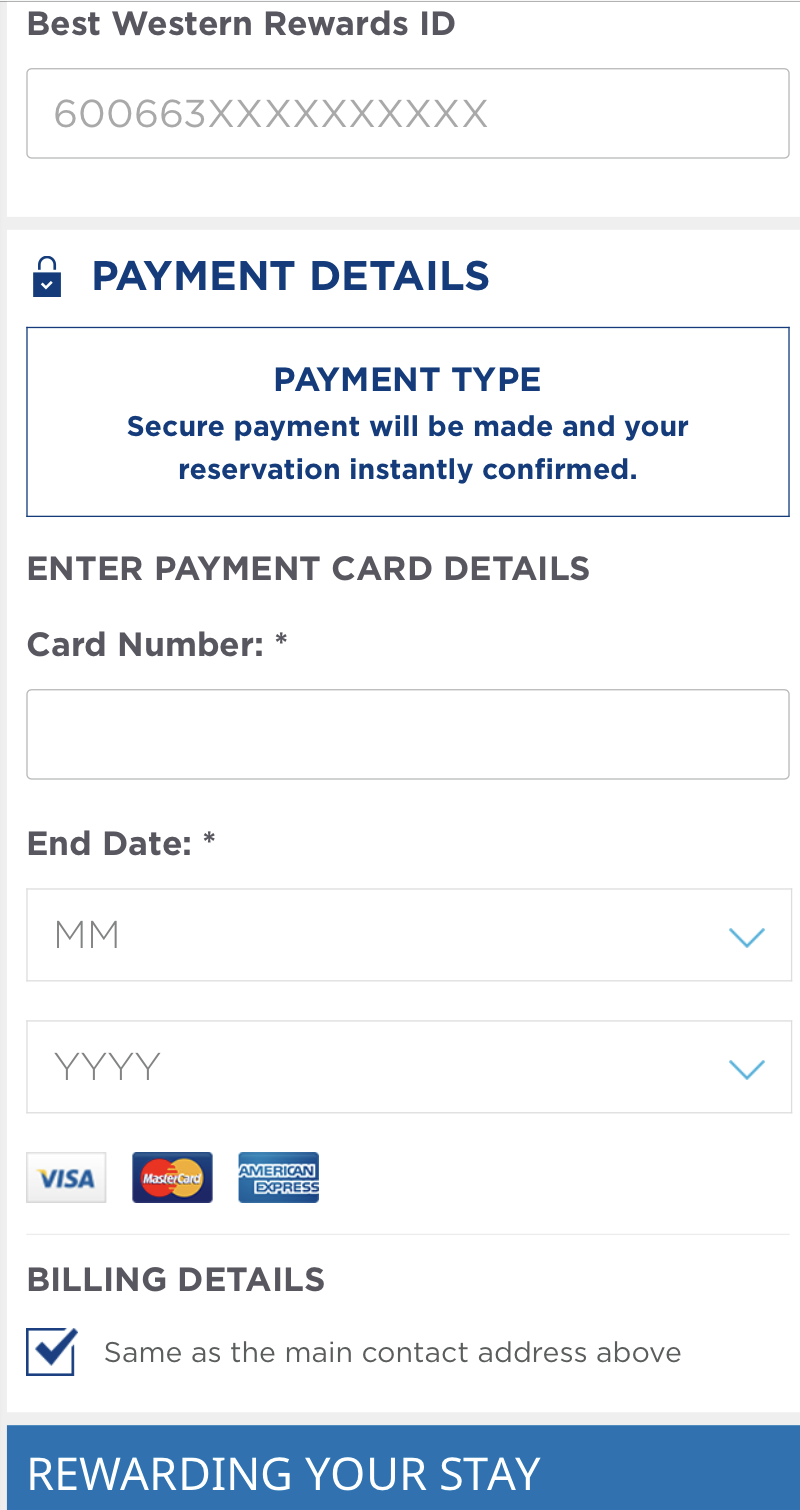

Smartphone features can also be used to simplify the process by speeding up data entry and reducing user effort and friction
For example, the scanning function on easyJet’s mobile app scans and populates the user’s passport data in around 20 seconds.
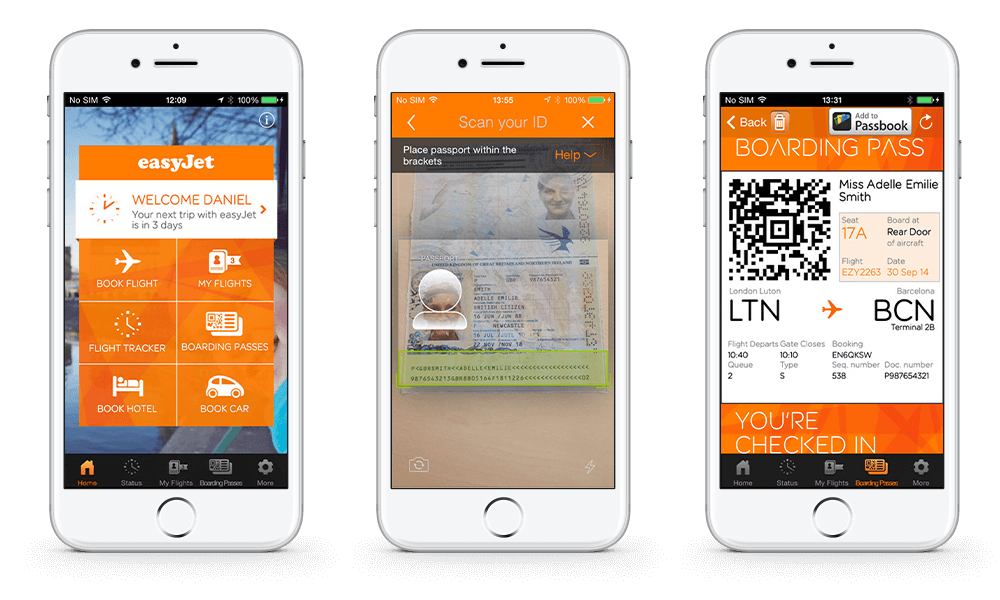

Mobile Conversion Messaging
Whether visitors are using mobile or desktop, conversion rate optimisation methods such as the use of urgency can still help to increase sales.
It’s important to ensure that these methods are designed for mobile too. Here, DFDS uses trends data to show the popularity of the cruise being considered, as well as offering to save booking details for later.
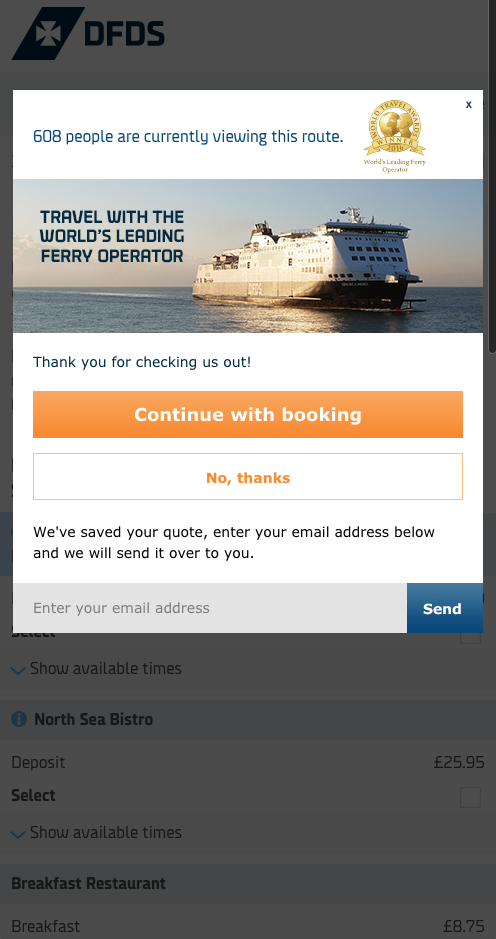

Saving details is important, especially in travel where people will often visit and abandon bookings before making a final decision.
Saving details allows retailers or travel sites to email customers to remind them of their booking, and helps to keep their brand in mind.
Urgency marketing such as countdown timers can also be used in mobile emails, highlighting the time before a sales period or special offer ends for example.
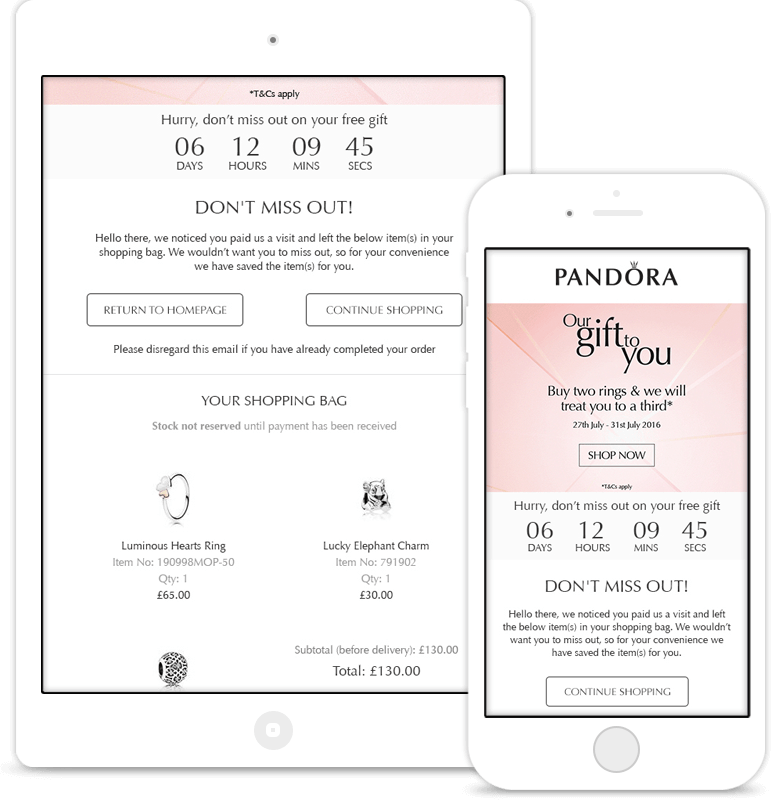

Provide a Choice of Payment Methods
A big part of checkout on mobile is entering payment details. This can be more time-consuming and potentially frustrating on a smaller screen, so any shortcuts help.
One option is to save customer payment details where possible, so they can login and checkout without the need to enter address and card details.
Another way is to provide a choice of payment options which offer useful shortcuts.
Popular digital wallet methods such as PayPal and Amazon Pay, as well as newer options from Visa and Mastercard mean that checkout is shortened to entering an email address and password.
Mobile methods such as Apple Pay and Google Pay can be even easier, with just the use of Face ID or a fingerprint scan to complete payment.
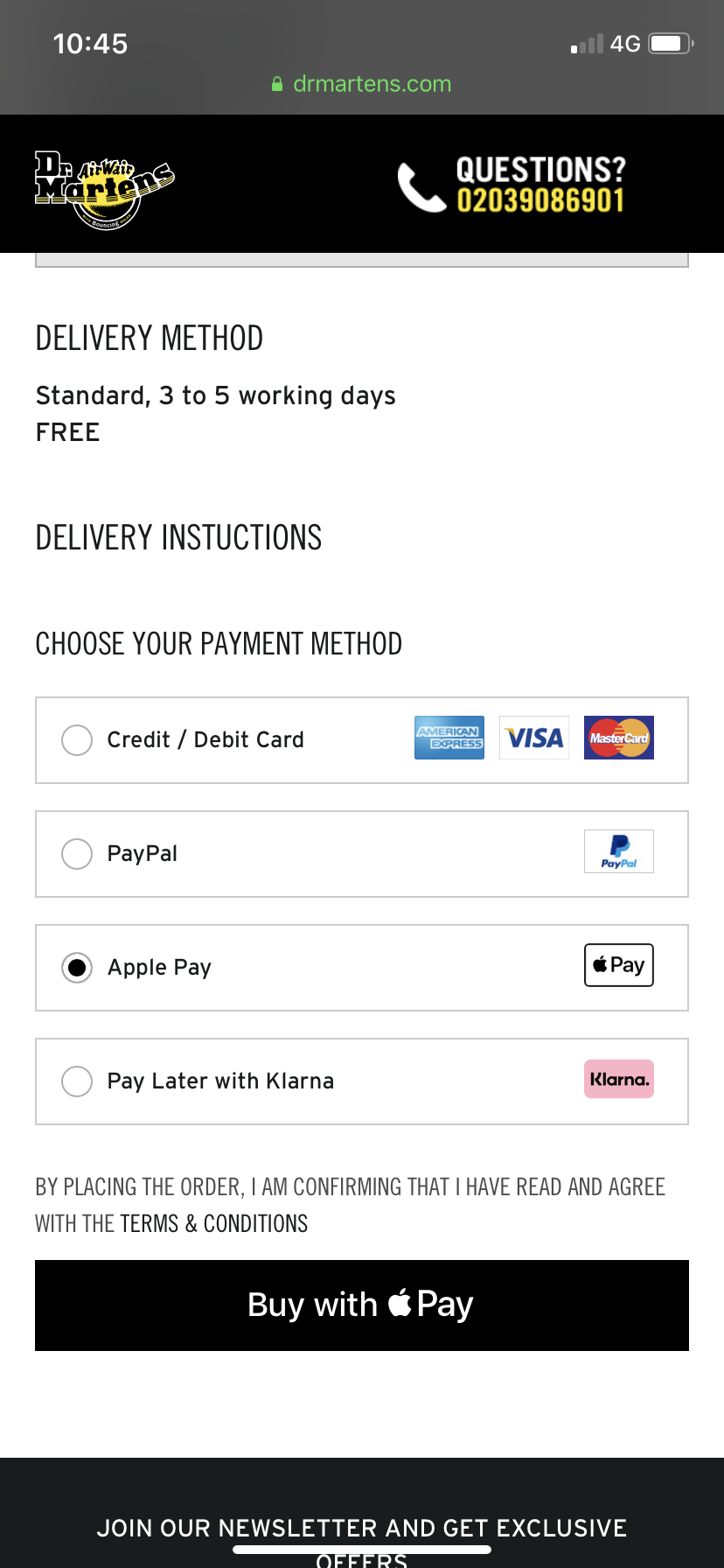

For more on mobile and desktop sales trends, along with a wealth of data on ecommerce, download our 2020 Ecommerce Stats Report.
Speak to an expert
Learn how to convert your online audience into revenue with our experts.
Graham Charlton
Graham Charlton is Editor in Chief at SaleCycle. He's been covering ecommerce and digital marketing for more than a decade, having previously written reports and articles for Econsultancy. ClickZ, Search Engine Watch and more.
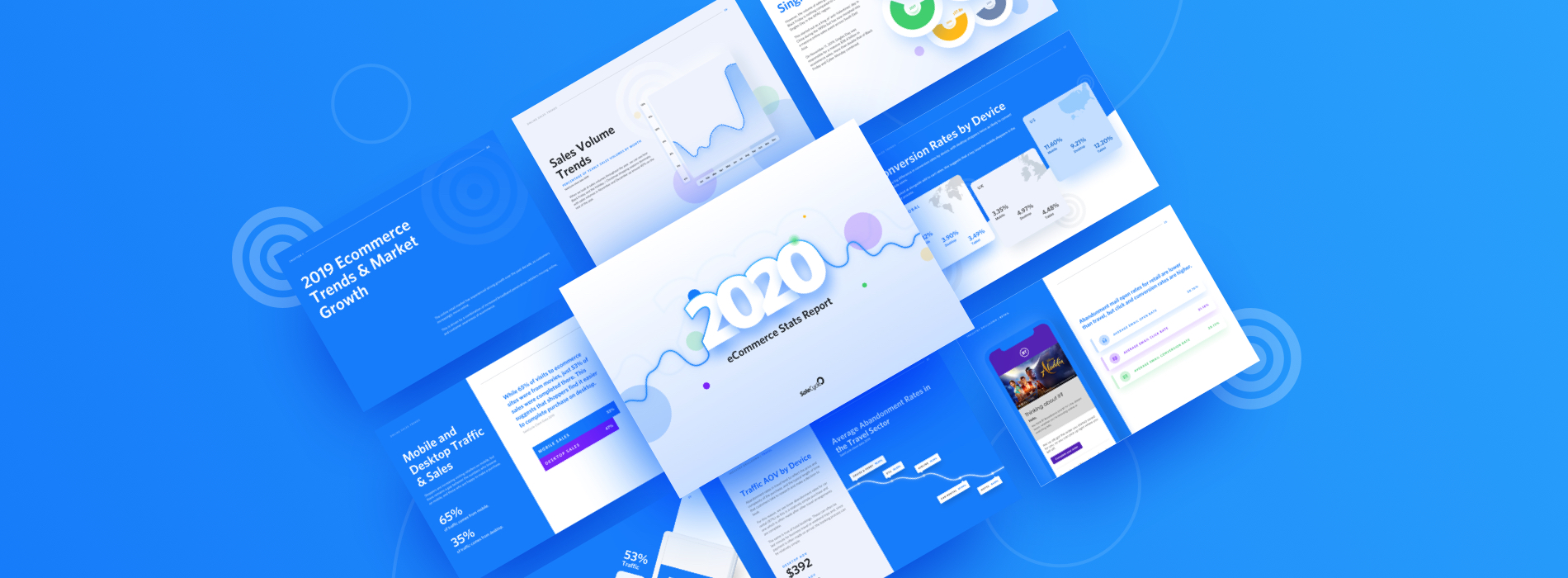







![Valentine’s Day Ecommerce Tips and Trends [2024 Strategy]](https://www.salecycle.com/wp-content/uploads/2019/01/valentines-ecommerce-1.png)



![How SaleCycle helped Vodafone increase their online sales by an additional 2,000 additional sales per month [Extended Version]](https://www.salecycle.com/wp-content/uploads/2023/08/vodafone-banner.webp)





